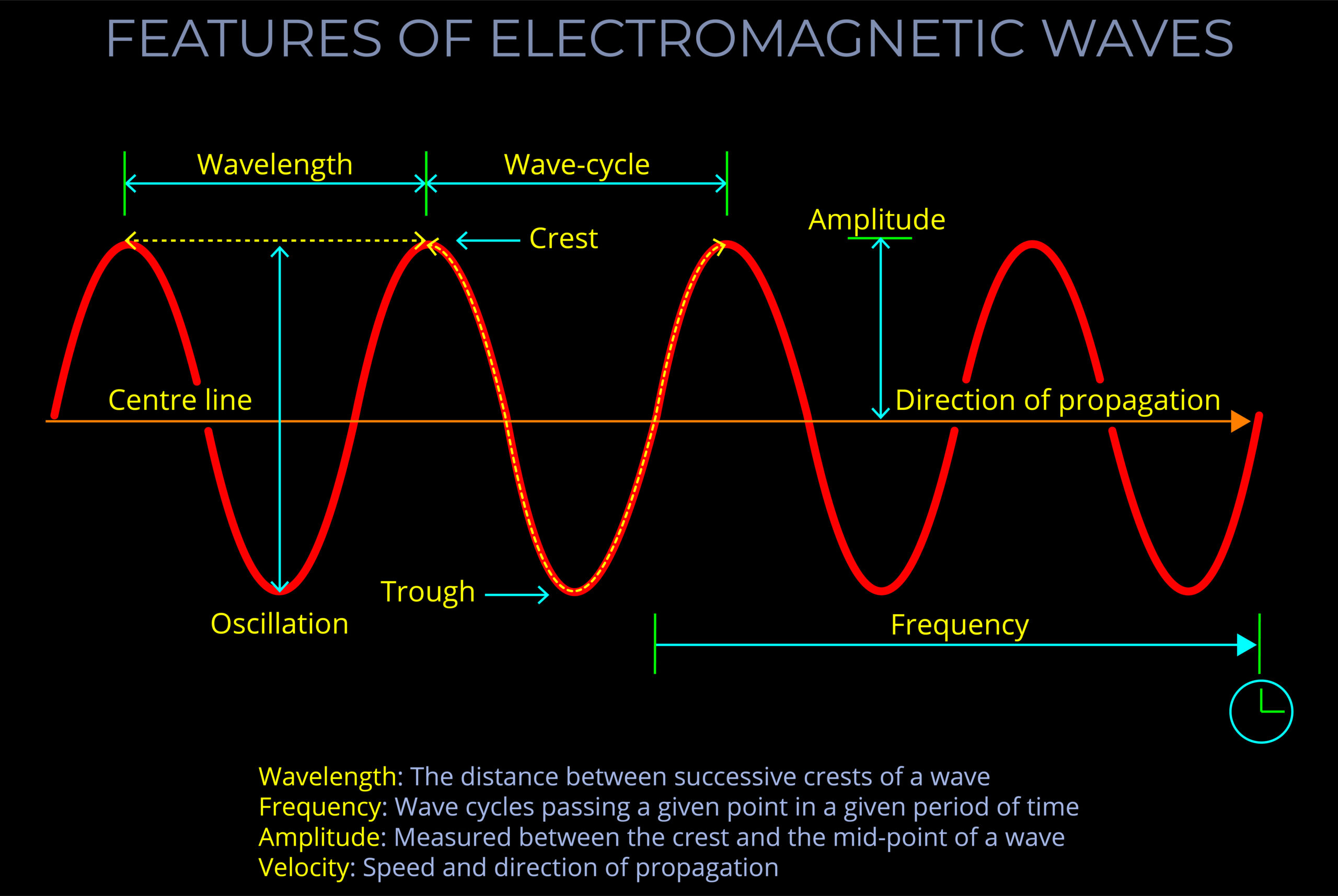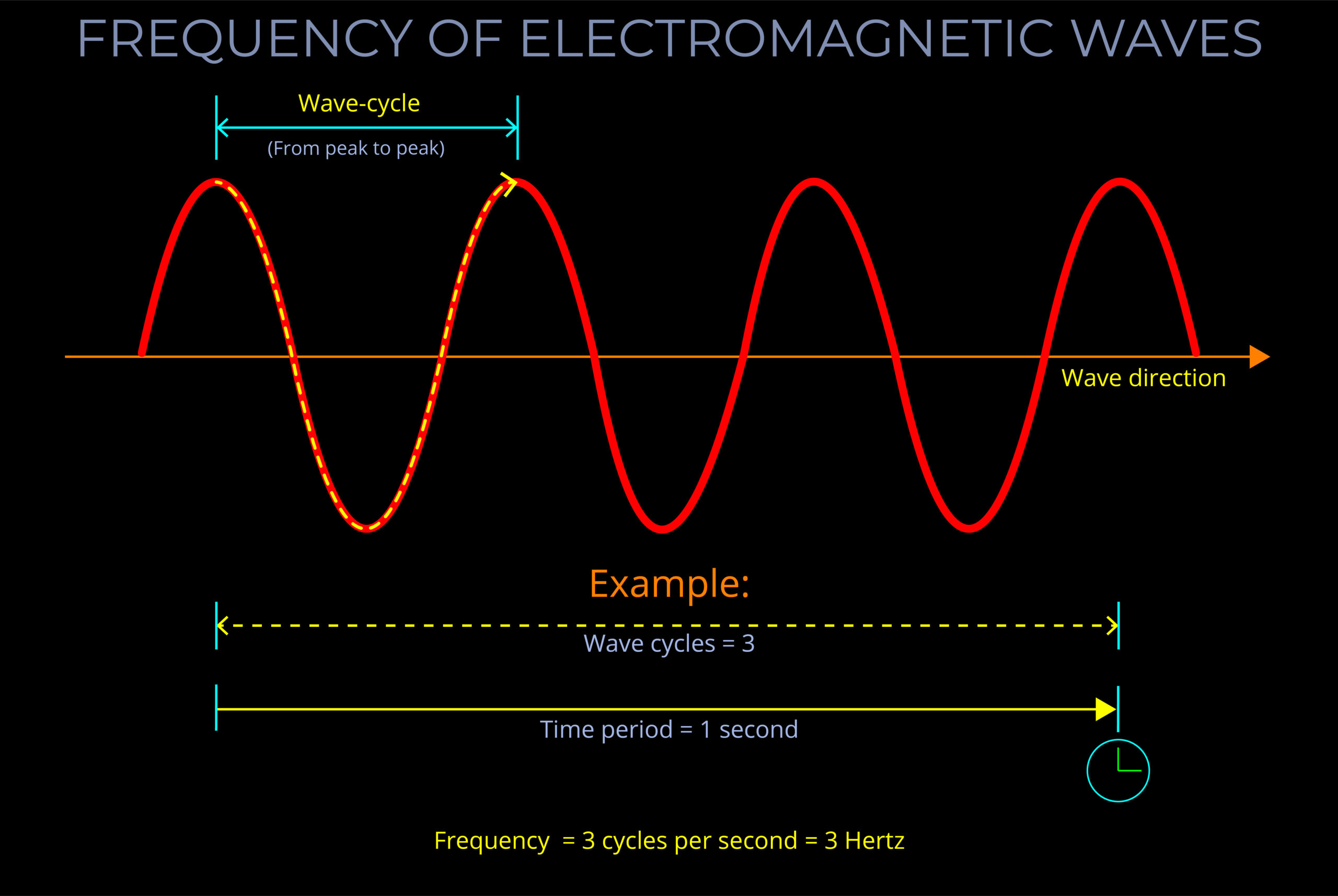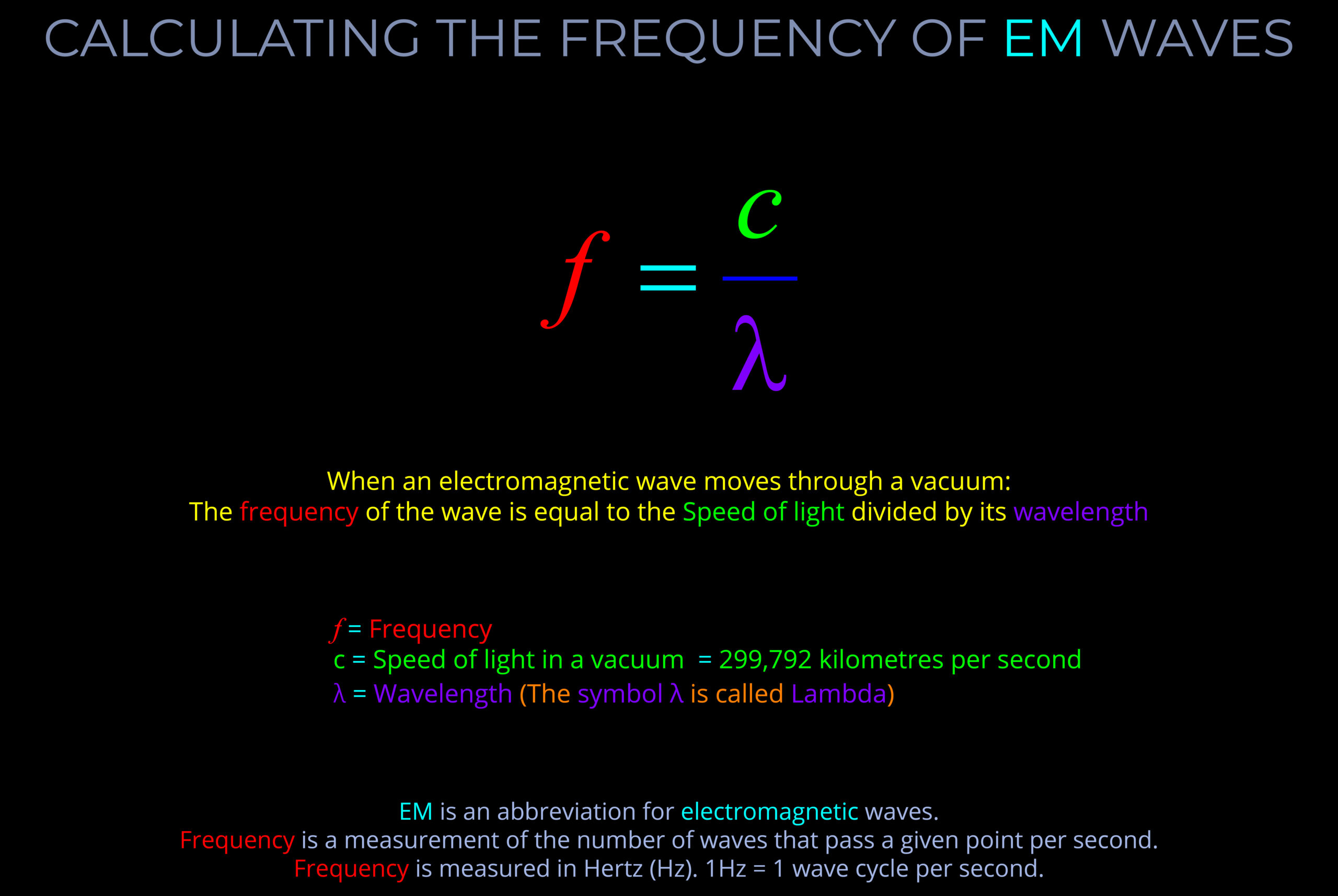- Everything contains energy including all forms of matter and so all objects.
- Energy is evident in all forms of movement, interaction, and changes to the forms and properties of matter.
- Energy can exist in different forms, including thermal energy, chemical energy, electrical energy, and nuclear energy.
- At an atomic level, energy is evident for instance in the motion of electrons orbiting the nucleus of atoms.
- Energy can be transferred from one object to another and converted between different forms, but it cannot be created or destroyed.
- Everything in the universe uses energy of one form or another all the time.
- Energy is often described as potential energy or kinetic energy.
- Energy is measured in joules whilst power is measured in joules per second.
- Energy Carried by Photons: Electromagnetic radiation, including light, radio waves, X-rays, etc., consists of packets of energy called photons. The energy carried by a photon is directly related to its frequency. Higher frequencies correspond to higher energy photons.
- Electric Potential Energy: Electrostatic interactions involve the concept of electric potential energy. This energy is associated with the position of charged particles in an electric field. The difference in potential energy between two points determines the amount of work done when a charged particle moves between them.
- Electrical Energy: Electrical energy is the flow of electrical charges through a conductor. This flow of charge can be used to perform various tasks, such as powering lights, motors, and electronic devices. The amount of electrical energy transferred depends on the voltage (potential difference) and current flowing in the circuit.
- Magnetic Fields and Energy: Moving charges or changing electric fields create magnetic fields. Magnetic fields can also store energy. Electromagnets, for instance, use electrical energy to create a magnetic field, which can then be used to perform work, like lifting objects.
- Energy Transfer and Conversion: In electromagnetic interactions, energy can be transferred between different forms. For example, light energy (photons) can be converted into electrical energy in solar cells. Additionally, electrical energy can be used to create magnetic fields, storing energy, or converted into other forms like heat or light.
References
- Energy is the ability to cause change. It exists in various forms and can be transferred from one object to another or converted between different forms. It’s neither created nor destroyed, but rather constantly changing form to power the universe.
- Everything contains energy including all forms of matter and so all objects.
- Energy is evident in all forms of movement, interaction, and changes to the forms and properties of matter.
- Energy can exist in different forms, including thermal energy, chemical energy, electrical energy, and nuclear energy.
- At an atomic level, energy is evident for instance in the motion of electrons orbiting the nucleus of atoms.
- Energy can be transferred from one object to another and converted between different forms, but it cannot be created or destroyed.
- Everything in the universe uses energy of one form or another all the time.
- Energy is often described as potential energy or kinetic energy.
- Energy is measured in joules whilst power is measured in joules per second.


